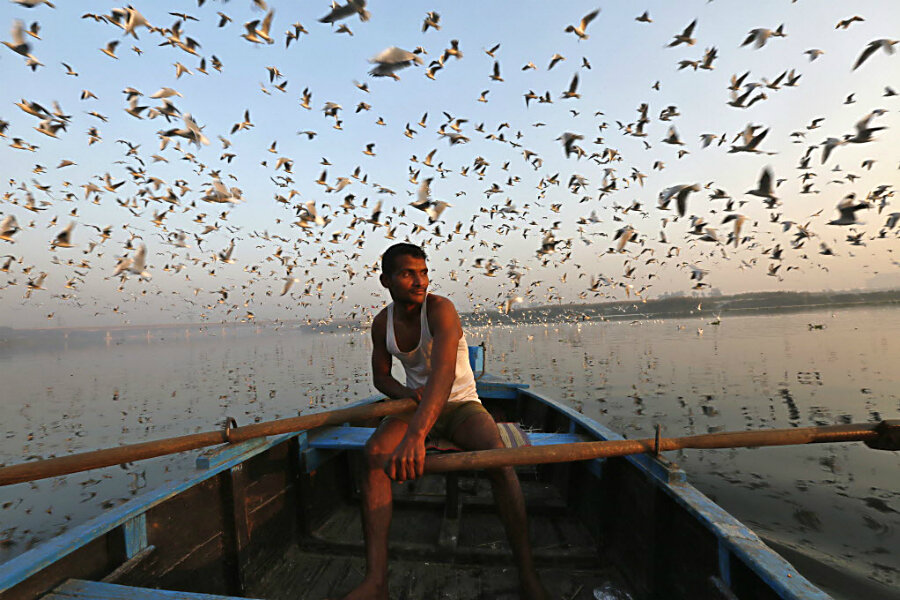Habitat loss could spell trouble for 91 percent of migratory birds
Loading...
Habitat destruction along routes taken by the world's migratory birds poses an increasing peril to these long-distance fliers, with a vast majority crossing terrain that nations are inadequately protecting, according to scientists.
The researchers said on Thursday they tracked the migratory routes, stopover locations, breeding grounds and wintering locations of 1,451 migratory species and assessed about 450,000 protected areas like national parks and other reserves.
They found 1,324 species, about 91 percent, journeyed through locales that were not safeguarded from threats like development.
"This is important because migratory species cover vast distances and rely on an intact series of habitats in which they can rest and feed on their long journeys," said conservation scientist Richard Fuller of the Australian Research Council's Centre of Excellence for Environmental Decisions (CEED) and the University of Queensland.
"If even a single link in this chain of sites is lost for a species, it could lead to major declines or even its extinction."
The birds traverse many different countries where conservation efforts vary.
The problem was most acute in North Africa, Central Asia and along the coasts of East Asia. Countries in these regions maintain relatively few protected areas, and existing ones do not overlap sufficiently with the routes of migratory birds.
For small birds, the opportunity to feed and build up energy reserves for the next leg of their journeys is essential for survival, said conservation scientist Claire Runge of CEED, the University of Queensland and the University of California, Santa Barbara.
"Loss of these critical sites means they no longer have the energy needed to make the journeys, and they simply perish along the way," Runge said.
The bar-tailed godwit is a bird that migrates from Arctic breeding grounds to Australia and New Zealand. Along the way, the birds stop to rest and feed at Yellow Sea mudflats in China, North Korea and South Korea.
"Many of these critical sites have been lost to land reclamation owing to urban, industrial and agricultural expansion, and the species is undergoing a rapid decline," Runge said.
Runge called for creating new protected areas in key locations, improving management of existing protected areas and coordinating conservation actions across international borders.
"Common migratory species have been lost in the past, for example the Eskimo curlew, and our world gets poorer every time we lose a species," Fuller said.
The research was published in the journal Science.
(Reporting by Will Dunham; Editing by Sandra Maler)







